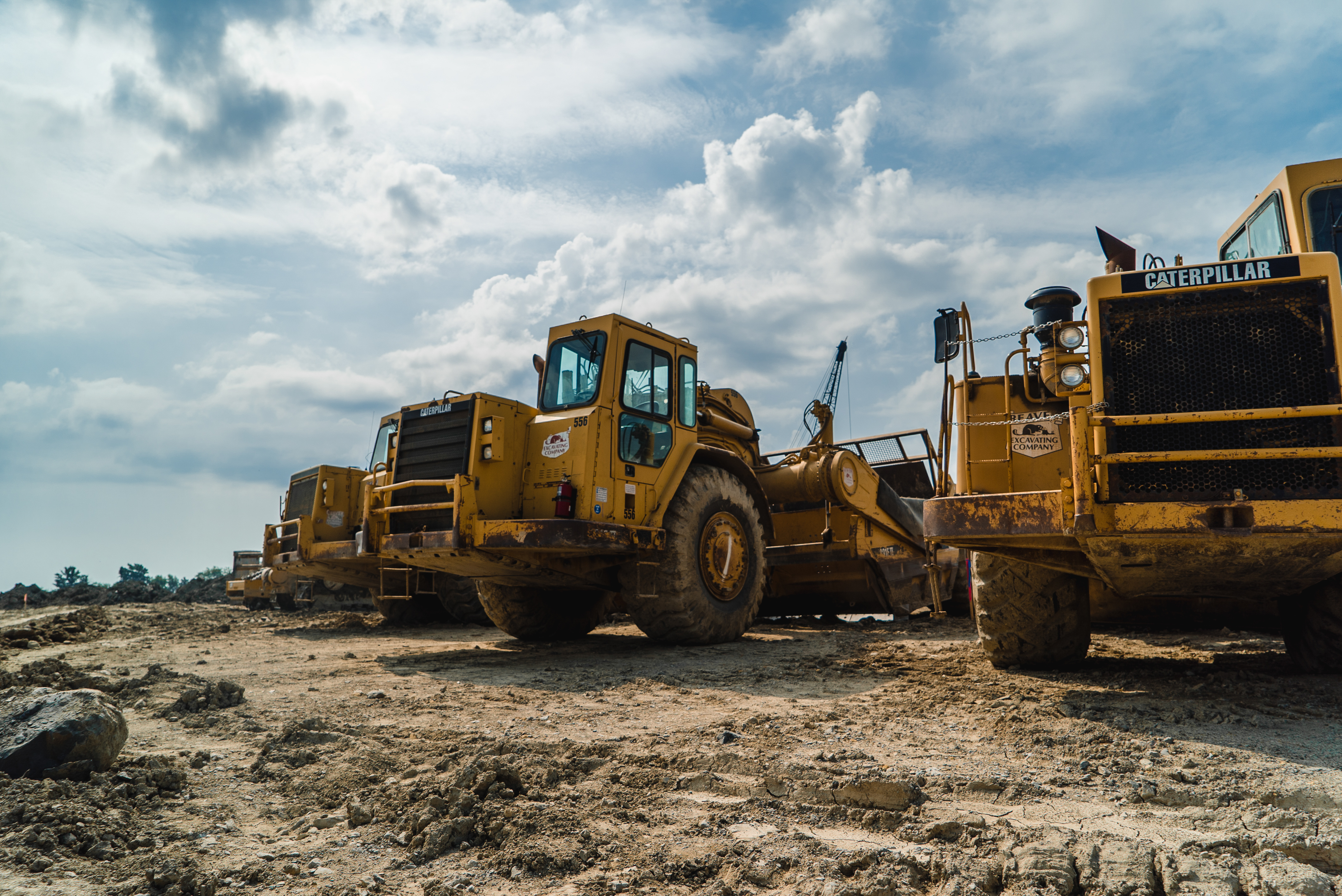
Construction is an absolutely necessity to our communities. Since the beginning of planned communities, construction has been critical to the growth and prosperity of the industries, people, schools, and government within them. Looking back: has construction experienced the same growth and progress as other industries?
Over the last few decades, we’ve continued to follow many of the same established norms of the modern era: we use materials such as steel, concrete, and paint; we value our professional relationships with clients and coworkers; we use our varying skilled trades to create the communities we live in and love.
But it’s the recent innovations that are catapulting us forward unlike ever before. We took some time to consider what top three changes really have transformed the way we work, leading us to the industry we know and work in today.
Equipment
We have all come to depend on heavy equipment that helps us get our jobs done accurately and efficiently. We can’t imagine a job site without cherry pickers, concrete mixers, and cranes readily available. And, we’re grateful that hand shovels, wheelbarrows, and working animals have been replaced with modern equipment like forklifts, tractors, and bulldozers. Of course, the modern skilled laborer has always known this way of working. But when you take a moment to consider the incredible difference our construction equipment makes for every project, it’s truly remarkable.
Collaboration
Another advancement that today’s construction industry professional has grown accustomed to using is Building Information Management, or “BIM” as it’s more commonly known. This 3D model-based process allows engineers, architects, and construction professionals to work together to plan with real-world data, design with precise analysis, and construct buildings and infrastructure with confidence. The level of detail is incredible – we love how it allows everyone involved to visualize every design decision and identify any potential errors before work ever begins on the jobsite. This not only leads to a better end result, but a more enjoyable process along the way, too.
Speed
It’s no surprise that this makes our list of the top changes our industry has seen. We are now able to make a greater impact more efficiently and effectively, thanks to improved communication pathways and technology. For example, in the past, project processing moved at a much slower pace. Blueprints had to be printed, potentially shipped to clients, and then given feedback at a snail’s pace. Now, in our always connected society, we can depend on project management tools as well as email and cell phones to get our messages out in a timely manner and receive all the updates we need in real time. This is the efficiency we have all come to expect, including our clients.
Now, it’s hard to imagine what life in the construction industry would be without advancements such as these top three. We are grateful for the growth we have seen thus far, and we can only imagine where we’ll go to in the years to come.